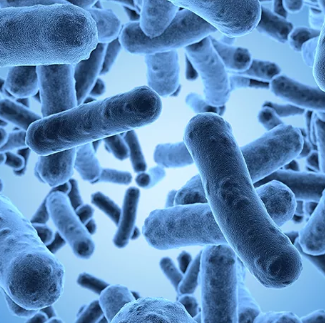Nate-borne diseases are any ilness caused by drinking water contaminated by human or animal feces containing pathogenic microorganisms. Overhe past decades, the picture of water-related human health issues has become increasingly complex, with the rise of new water-related infectiousiseases and the re-emeroence of ones areay known. such as salmone osis, cholera. shioelosis, malara. schistosomiasis or modern intectonssuch legionellosis or SARS There is still lots of work to be done to protect human health worldwide
COMMON WATER RELATED DISEASES
Anaemia
Arsenicosis
Ascariasis
Botulism
Campylobacteriosis
Cholera
Cryptosporiodiosis
Cvanobacterial toxins
Dengue
Diarrhoea
Dracunculiasis
Fluorosis
Giardiasis
Hepatitis
Hookworm infectionJapanese encephalitis
Lead poisoning
Leqionellosis
Leptospirosis
Lymphatic filariasis
Malaria
Malnutrition
Methaemoglobinemia
Onchocerciasis
Polio
Ring Worm or Tinea
ScabiesSchistomiasis
Trachoma
Trichuriasis
Typhoid
DIMENSION OF THE PROBLEM
in third wor'd countries four-fths of al the ilnesses are caused by water-borne diseases with diarthea beina the leadina cause of chidhood deathThe global picture of water and health has a strong local dimension with the following:WHO 2017WHO (World Health Organization)estimates show that worldwide over 2 bilion people are infected with Schistosoma and soil transmitted helminthesand 300 millions of these suffer serious illness as a result.
Diarrhea occurs globally and causes 4% of all deaths and 5% of the health loss to disability.
in Bangladesh alone, some 35 mlion people are exposed, on a daily basis to elevated levels of arsenic in their drinking water, which wil eventuallythreaten their health and shorten their life span
After the Tsunami attack in Asia on Sunday the 26t" of December 2004 people faced the threat of water borne diseases linked to fioodina. likeShigellosis, Cholera, Hepatitis A, Leptospirosis, Typhoid Fever, Malaria and Denque fever
TRANSMISSION
Water borne diseases spread by contamination of drinking water systems with the urine and feces of infected animal or people
This occurs where public and private drinking water systems get their water from surface waters (rain, creks, rivers, lakes etc), which may becontaminated by infected animals or people. Runof from landfls, septic fields, sewer pipes, residential or industrial developments can alsosometimes contaminate surface water
This has been the cause of many outoreaks of feca-oral diseases such as cholera and typhoid. Stil there are many other ways in which fecal materiacan reach the mouth, for instance on the hands or on contaminated food
The germs in the feces can cause the diseases by even slioht contact and transfer, which may occur due to foodwaters, water runof from landfilsseptic fields, and sewer pipes. The picture below shows the fecal-oral routes of diseases transmission.The only way to prevent transmission is to improve the people's hygienic behavior and to provide them with certain basic needs: drinking waterwashing and bathing facities and sanitation. Malaria transmission usualy happens when laroe numbers of peoie sieep outdoors durina hot weatheror sleep in houses that have no protection against invading mosquitoes. Malara mosquitoes, tropical black fies, and bilharzias snails can all becontrolled with efficient drainace because they all depend on water to complete their life cvcles
PREVENTION
Clean water is a pre-requisite for lowering the spread of water-bome diseases. lt is acknowledged that the prevalence of water-bore diseases can begreatly reduced by provision of clean drinking water and safe disposal of faeces. Water is decontaminated to kil any pathogens that may be presentin the water supply and to prevent them from growing again in the distribution systems. Disinfection is then used to avoid the growth of pathogenicoroanisms and to protect public health and the choice of the disinfect relies upon the individual water quality and water supply system. Without it, thenisk from waterborne disease wil increase. The two most common methods to kil microoroanisms in the water supply are: oxidation with chemicalssuch as chlorine, chlorine dioxide or ozone, and irradiation with Ultra-Violet (UV) radiation.

